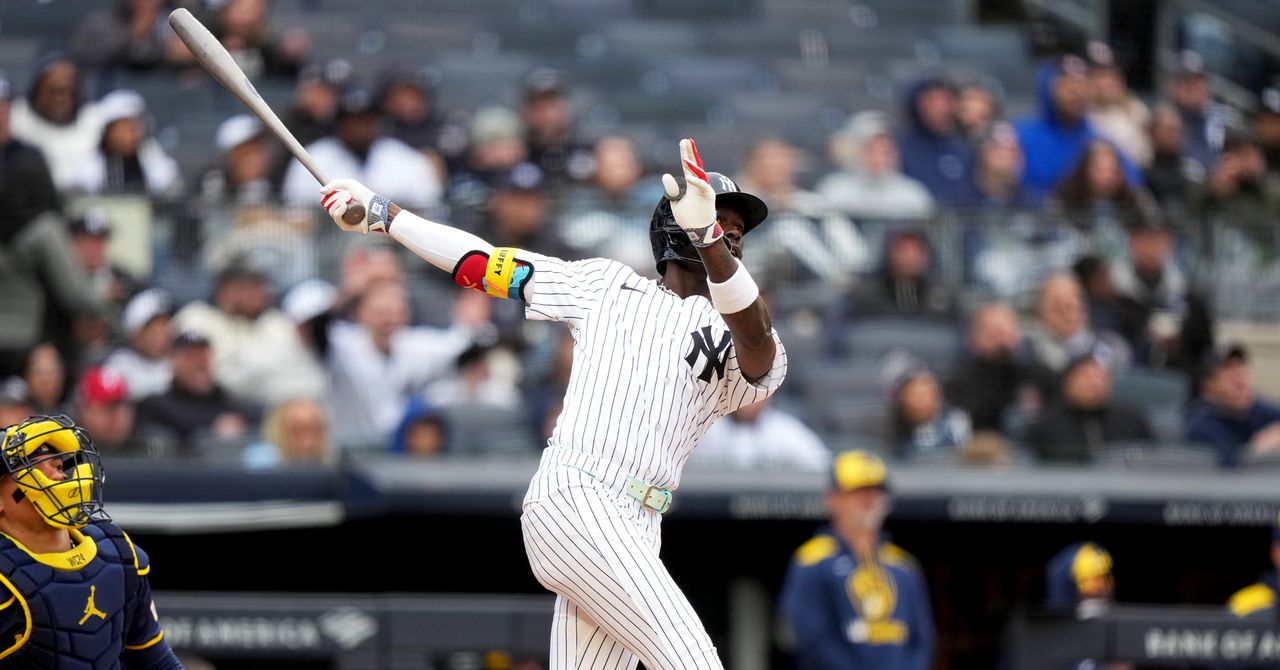
"Torpedo Bats and the Physics of the Sweet Spot"
The baseball season has begun, and everyone is talking about these innovative and astonishing bats. Will they change the game?
In the sports realm, having the right equipment can be crucial for performance. Swimmers look for swimsuits that reduce water resistance, track athletes use specialized shoes to shave off seconds, and in football, non-slip gloves have enabled impressive acrobatics. In baseball, the key player is the bat. This season, the New York Yankees have introduced a new design known as the torpedo bat, which resembles a torpedo (though it’s hard to imagine how it would work underwater). In fact, it looks more like an elongated bowling pin, but that doesn’t sound as exciting.
In the first three games of the season, the Yankees hit 15 home runs, nine of which were with torpedo bats. Although this number has decreased a bit in subsequent games, they continue to set records. This raises the question: is it just coincidence, or is there something more to this phenomenon? It’s worth mentioning that the bat's design was created by a former physics professor, which adds an interesting twist to the story.
The innovation of the bat lies in the distribution of its mass. While traditional bats thicken as you move away from the handle, the torpedo bat is thicker in the center than at the top. This has several implications: it places more mass at the point where most batters make contact and, being lighter at the ends, allows for a faster swing. Additionally, it can be customized to optimize the "sweet spot" for each player.
So, what is the "sweet spot"? This is where the laws of physics come into play. In a simple experiment, imagine a rod of uniform thickness resting on a frozen lake, where there is no friction. If a baseball slides and strikes the rod right in the middle, the rod will recoil to the right. This illustrates how, when two objects collide, forces act on each other, conserving the total momentum of the ball-bat system.
Now, if the ball hits the rod at one end instead of the center, the rod will also rotate. The conservation of momentum applies here as well, but with the addition of angular momentum, which relates to rotational motion. Before the impact, the rod has no angular momentum, so for it to be conserved, the ball must possess it. The ball may hit the rod in such a way that it moves, but one end remains in place. In the case of a bat, if you hold it by that end, the bat will rotate but won’t recoil in your hands. This creates a pleasurable sensation, which is why it’s called the "sweet spot." You’ll notice the difference if you hit the ball elsewhere; the impact will be uncomfortable, and the sound will vary as well. Hitting the ball on the "sweet spot" not only feels better, it also delivers better performance.
Regarding the torpedo bat, its design makes the widest part the "sweet spot." This increases the likelihood of making good contact with the ball, and therefore, it will travel farther. Goodbye ball!
Is this bat legal? For now, it complies with the dimensions outlined in the current rules. There’s a possibility that regulations might change in the future, but given that pitchers have improved considerably in recent years, there are fewer hits in a game, affecting television viewership. Therefore, if the torpedo bat helps batters, it’s likely to remain in the game for a while.



